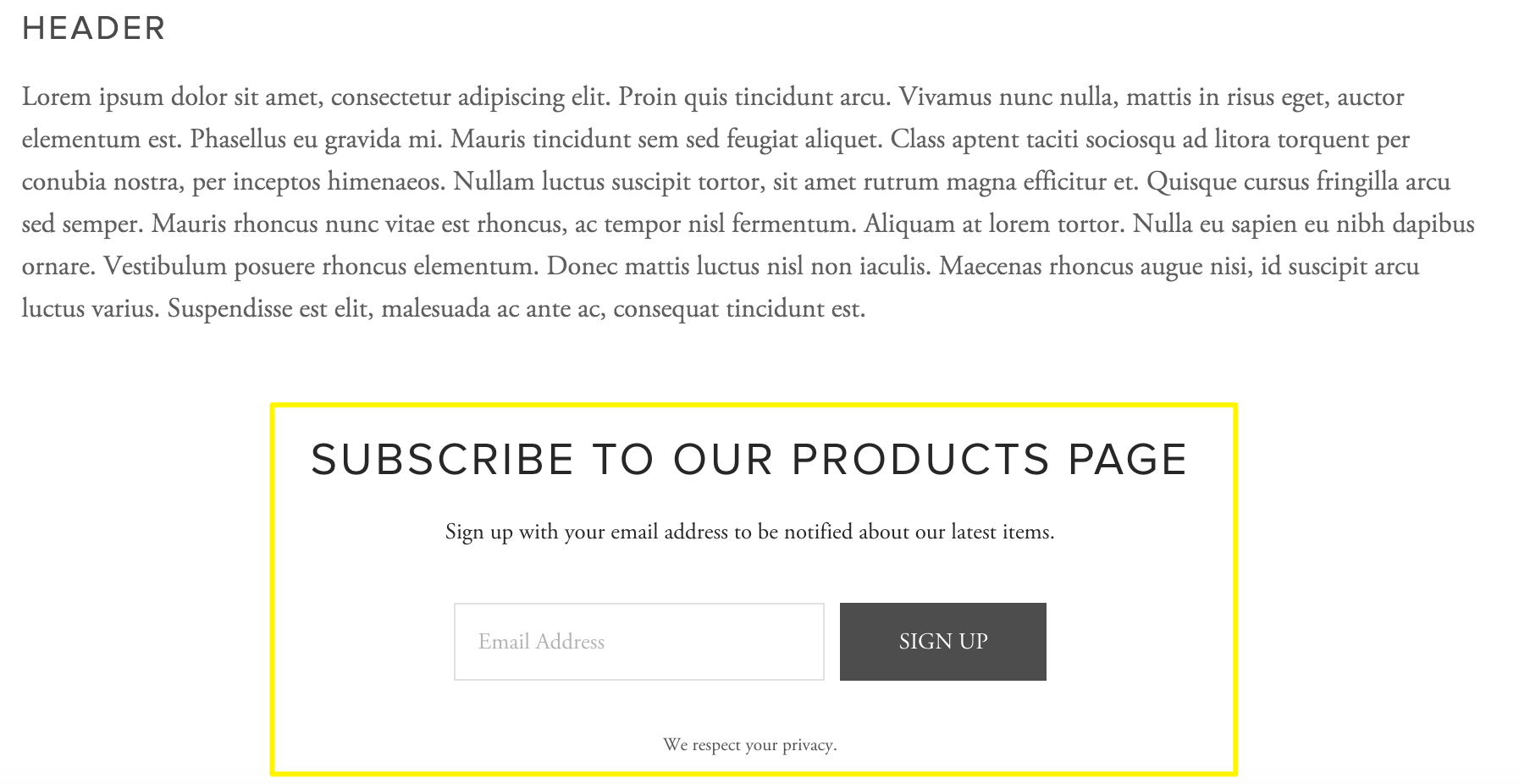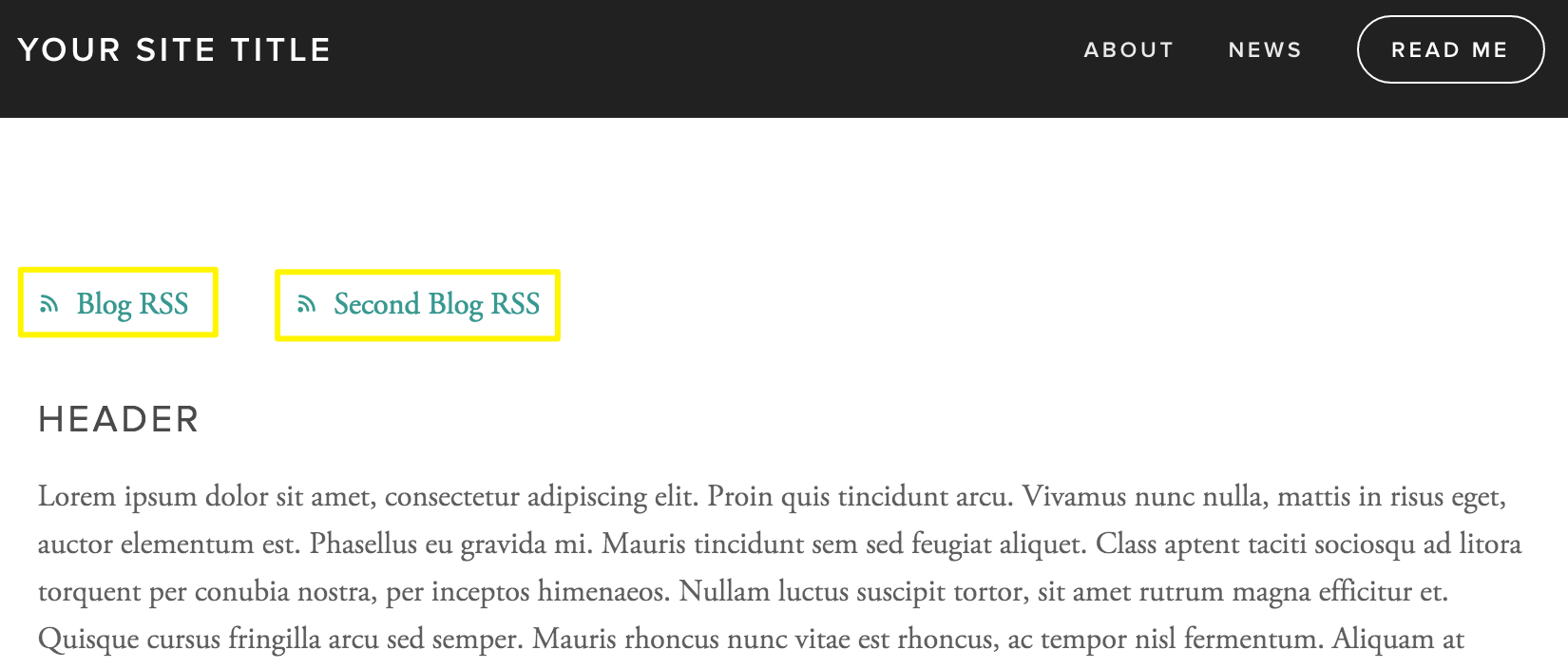
SEO Guide: How to Find and Use RSS Feeds on Your Website
An RSS feed helps users access and track website content updates automatically. It creates an XML file that news aggregators and feed readers can collect and display in one location. RSS feeds are commonly used for blog posts, podcasts, and email notifications.
Key Uses of RSS Feeds:
- Email subscriptions for content updates
- Podcast distribution
- Blog post syndication
- News aggregation
- Content integration with third-party services
Content Limitations:
- Blog feeds: 20 most recent posts
- Podcast feeds: 300 most recent episodes
Setting Up RSS Subscriptions:
- Email Subscriptions:
- Use third-party services like Mailchimp
- Create an email list
- Set up an RSS campaign using your feed URL
- Add subscription forms to your website
- Blog Subscriptions:
- Add RSS subscription buttons
- Connect with feed services like FeedBurner
- Provide direct RSS URL to visitors
- Compatible with readers like Feedly and Bloglovin

"Subscribe on the product page"

RSS feed icons
Troubleshooting RSS Feeds:
- If Feed Isn't Found:
- Verify correct RSS URL format
- Remove page passwords
- Ensure site is public
- Confirm page is active
- Validate custom domain setup
- Content Display Issues:
- Check feed validation
- Remove invisible formatting
- Use List View for events
- Consider using blog pages for better content control
Best Practices:
- Use embedded URLs for reliability
- Update feed URLs after domain changes
- Remove formatting when pasting content
- Monitor analytics for subscriber growth
- Keep content current and consistent
Related Articles

Retired Fonts List: Complete Guide to Replacing Unavailable Fonts

